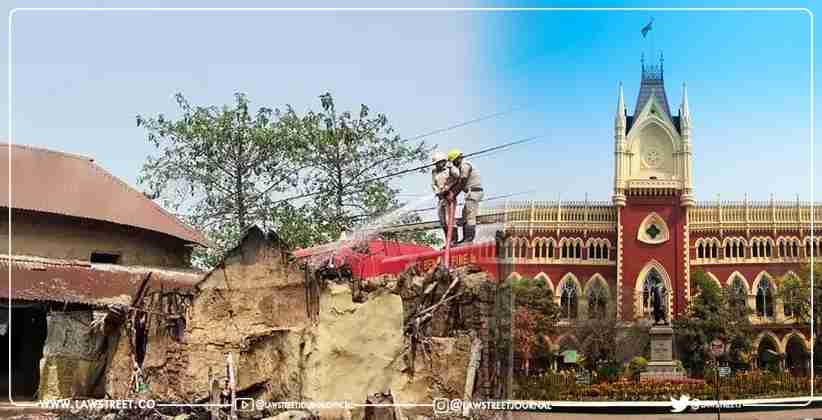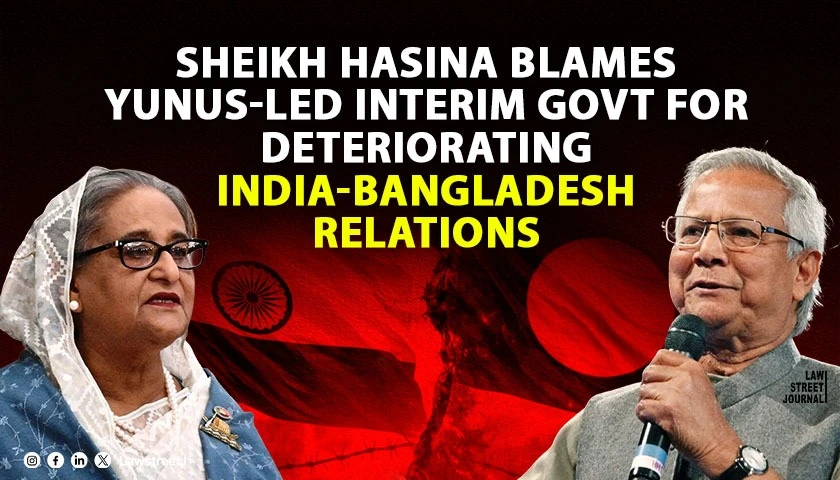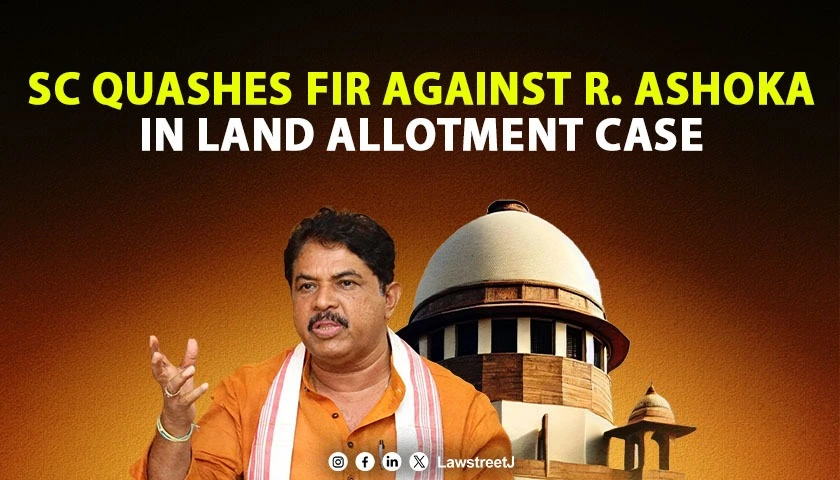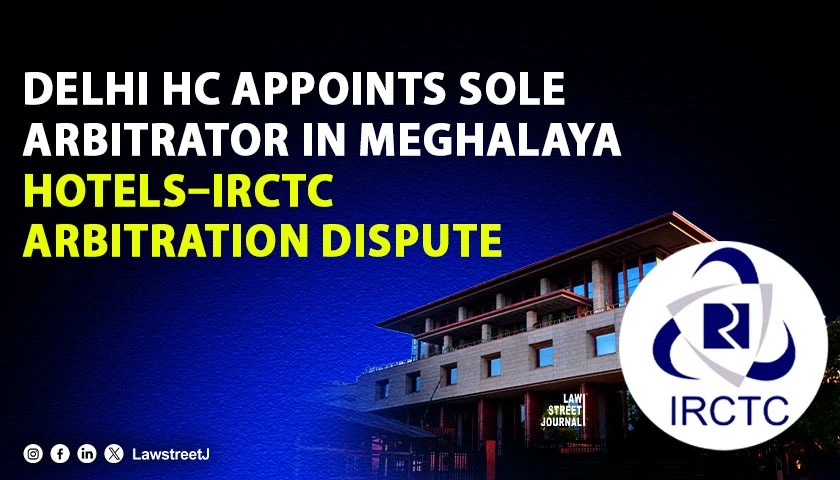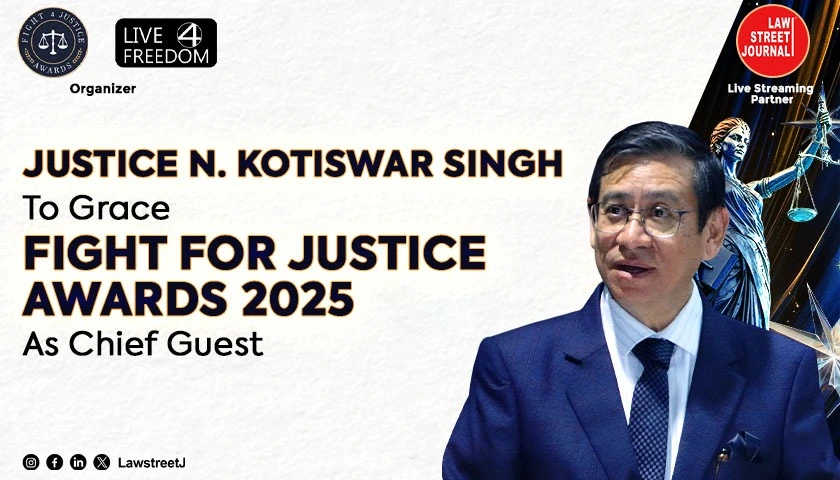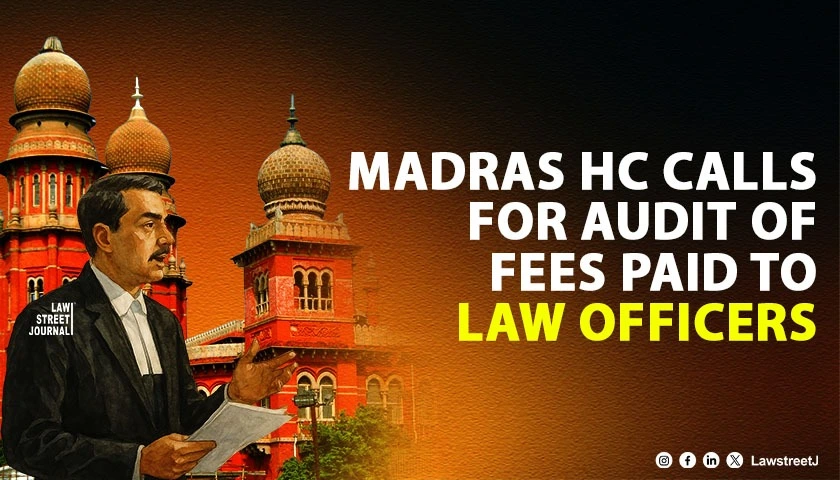The Calcutta High Court on Thursday, 24 March, took the case diary submitted by state authorities on record and reserved the order in the suo motu case related to the Rampurhat violence that ensued in West Bengal's Birbhum district on Tuesday.
A high court bench of Chief Justice Prakash Shrivastava and Justice Rajarshi Bharadwaj perused the case diary submitted by the state investigating authorities and said that they were returning the same.
"If we need it we will call for it," the chief justice told the advocate general, according to ANI.
WHAT DID THE PETITIONERS SAY?
During the hearing, the petitioners sought for the ongoing probe to be transferred to the CBI for purposes of an independent inquiry.
Further, they made the following submissions:
- Despite the court's directions, no CCTV cameras have been installed by the state government at the crime scene.
- The compensation package offered by Chief Minister Mamata Banerjee to the kin of the victims was an 'act of impersonation of victims,' carried out in a purported bid to suppress facts.
- The prime suspect in the crime a TMC Bloc president has not been arrested yet by the police authorities.
Further, the petitioners said that the Additional Director General of Police (CID) Gyanbant Singh, who is heading the state-constituted SIT, had been served notice by the Enforcement Directorate (ED) in 2021 regarding a coal smuggling case and that he was repeatedly included in the state-constituted SITs in an alleged bid to influence ongoing investigations.
They also claimed that the victims who were currently in hospitals were being denied proper treatment. On being asked how many such people were in the hospital, the counsel for the petitioners cited media reports and said four persons.
Further, the petitioners alleged a "massive coverup" by the state authorities and said: "If the distance was close, then the police should have suo moto taken it up."
WHAT DID THE STATE GOVERNMENT SAY?
According to LiveLaw, Advocate General (AG) SN Mookherjee, representing the state government, opposed the plea for the case to be transferred to the CBI, stating that it could only be ordered in rare and exceptional cases and by relying on past judgments to establish the same.
Further, the following submissions were made by the state government:
- 31 CCTV cameras have been installed at the crime scene
- Protection has been extended to witnesses
- All post-mortem examinations, barring one, were recorded on video
- Chief Minister Mamata Banerjee visited the place where the violence had occurred in the position of a trustee
- DGP (CID) Gyanbant Singh has been exonerated from all criminal charges
WHAT DID THE UNION GOVERNMENT SAY?
Meanwhile, ASG YJ Dastoor, appearing for the Union government, told the court:
- A CFSL team from Delhi will be arriving in Kolkata on Thursday evening and will further travel to the crime scene
- Six CRPF personnel have been directed to provide security to the CFSL team
Further, the ASG said that if the state government was aware of the commission of any of the scheduled offences, then it was supposed to forward the concerned report to the central government as quickly as possible, in accordance with National Investigation Agency Act, 2008 (Section 6).
BACKGROUND
Previously, on Wednesday, the Calcutta High Court had directed:
- The state government must immediately install CCTV cameras, covering all angles of the crime scene in the presence of the District Judge of Purba Bhurdawan. The cameras must also have adequate storage facilities.
- The Central Forensic Science Laboratory (CFSL) must visit the crime scene for the collection of all materials necessary for forensic examination.
- Director-General and Inspector General of Police must ensure that the "witnesses are adequately protected and not threatened or influenced by anyone." The DG and IG were asked to do this in consultation with the District Judge, Purba Bhurdawan.
- State investigating authorities must file a report before the high court, with information on the steps undertaken so far during the probe, by 24 March. The report must answer whether the post-mortem of the victims, which has already been concluded, was recorded on video or not.

